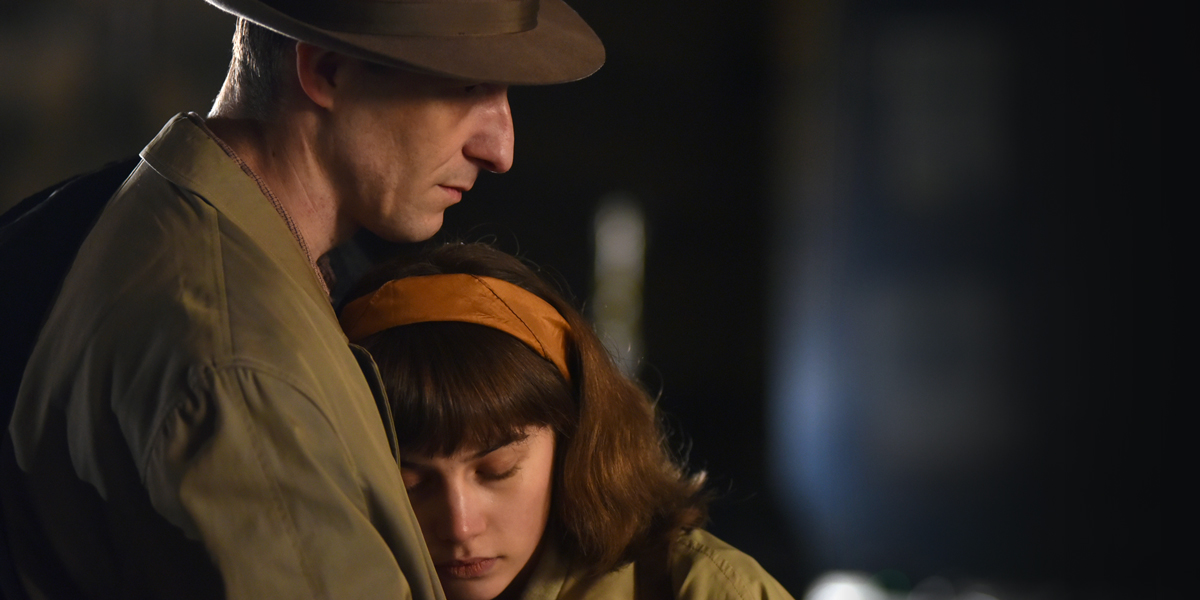Those Who Remained: Excellent Choice of Historical Time Frame

2020 – a strange year! Due to objective reasons, Sofia International Film Festival, traditionally held in March, was postponed for three months and adopted a hybrid form of conducting – predominantly online, but also with outdoor screenings, as well as at the Cinema House (both with the necessary precautions). To be part of the first (or one of the first) attempts to run a jury online was another strange factor, although not necessarily unpleasant. The conclusive meeting went smoothly and without technical glitches. While we were denied the opportunity to meet in person, we did our best to curtail the negative impact this might have had on our discussions, or on our hopes that everything would eventually come back to normal soon! An upside to this unusual situation was that it allowed us to watch the films from the international competition quickly and without the usual festival distractions, which made much easier putting each film in perspective vis-à-vis the general context.
Therefore we could safely say, without it being a cliché, that the Hungarian film, Those Who Remained (Akik maradtak, dir. Barnabás Tóth, 2019), was first among equals. In it, the concentration camp survivor Aladár (Károly Hajduk) and the orphaned Klára (Abigél Szõke) form an unusual bond, which makes up for the emotional deprivation they have been subjected to. Their relationship seems to fit into the father-daughter pattern, but the nuanced acting weaves in other sub-textual meanings with remarkable virtuosity.
The characters are situated within a historical timeframe, rarely referenced on screen[1] –that of the very brief moment between the conclusion of WWII, which ended Hitlerism and along with it – the Holocaust – and the rise of post-war Stalinism in Eastern Europe. The mature minimalism of the film style allows the filmmakers to foreground details, which subtly reveal how the new totalitarian regime established itself – midnight raids, paranoia, recruiting of informers. And albeit the film ends cleverly with the death of Stalin – a ray of hope for a better future – the sense that the worst is yet to come remains, thus making the happy ending questionable.
This historical moment allows the director to remain focused on the personal development of the characters rather than on politics and the bigger historical picture, enabling him to bring in high relief the personalities of Aladár and Klára. Their unwavering individualism makes them glaringly unfit for the standardized existence the regimented system, newly imported from the USSR, is trying to impose on Hungarians, and in its turn exposes the roots of the widespread disobedience that will lead to the Hungarian uprising of 1956. All the more that the relationship between Aladár and Klára is complex in itself – he is a gynecologist, whereas she is his patient, and this conflict further exacerbates the drama. The strong script, combined with the flawless performances of both actors, masterfully build a relationship, steeped in contradictory emotions.
The main theme of the film is alienation. In one form or another, alienation – an undeniably dominant presence throughout post-WWII film history – emerged as a recurring theme in the competition films regardless of historical context. The desperate search for ways of avoiding alienation often times becomes an obsession, threatening to destroy any meaningful relationship the characters might have. This is especially true of the frustrated and fragile Klára, whose response to attacks is very primal, despite her emotional intelligence: “Why does being scared alone make you a whore?”.
The invisible editing, the music, together with the low-key colour design, emphasised by the masterful camera work – all come together seamlessly in ensuring the masterful end result, which is Those Who Remained.
[1] Another notable example is the 1948 Hungarian classic It Happened in Europe (aka Somewhere in Europe (Valahol Európában)) by Géza Radványi (editor’s note)
Rumen Spassov
© FIPRESCI 2020
Edited by Christina Stojanova
